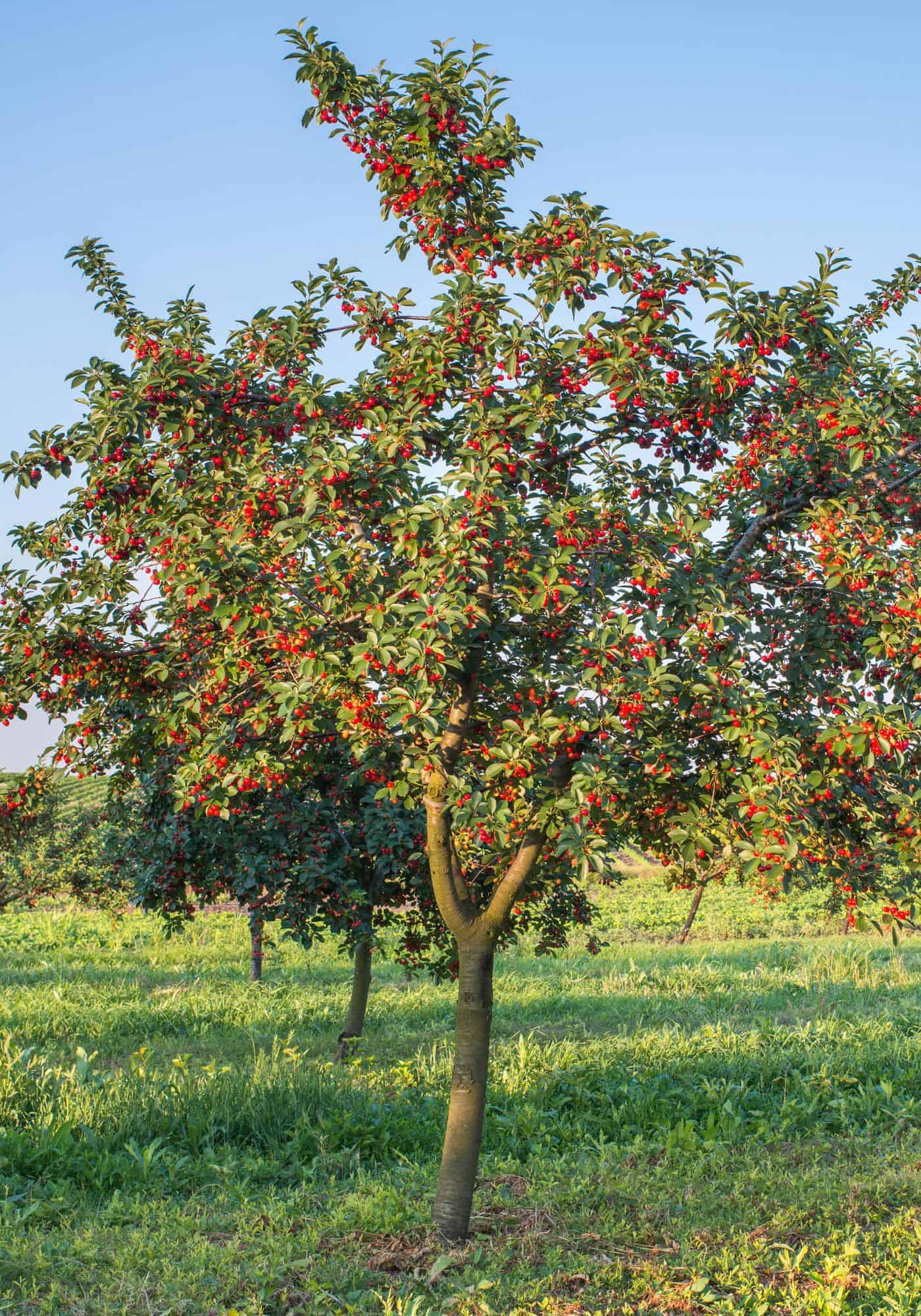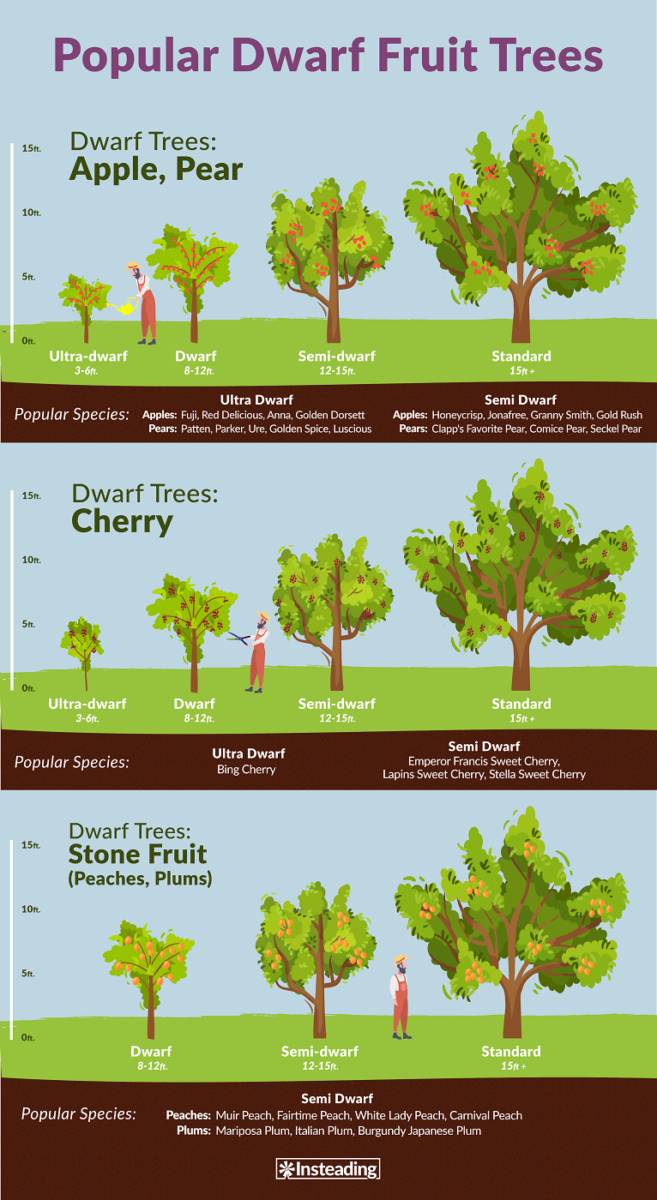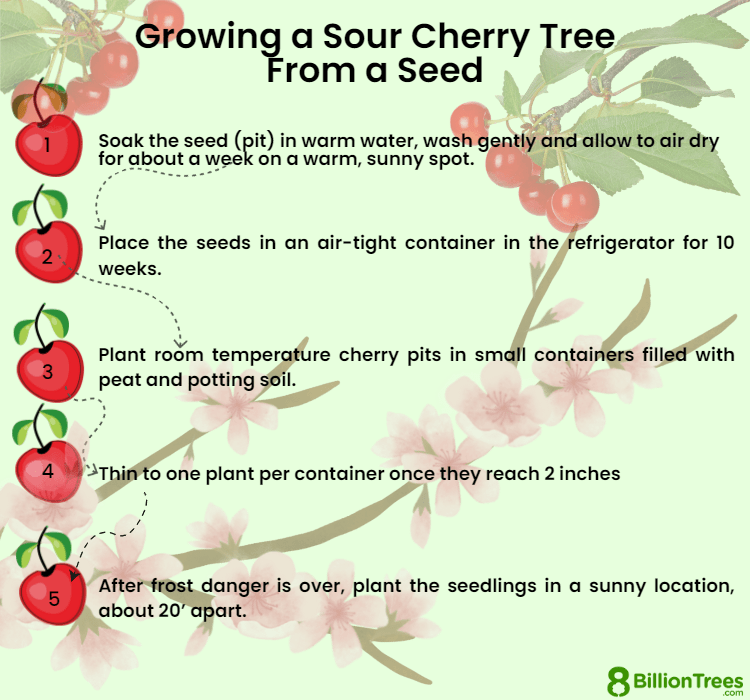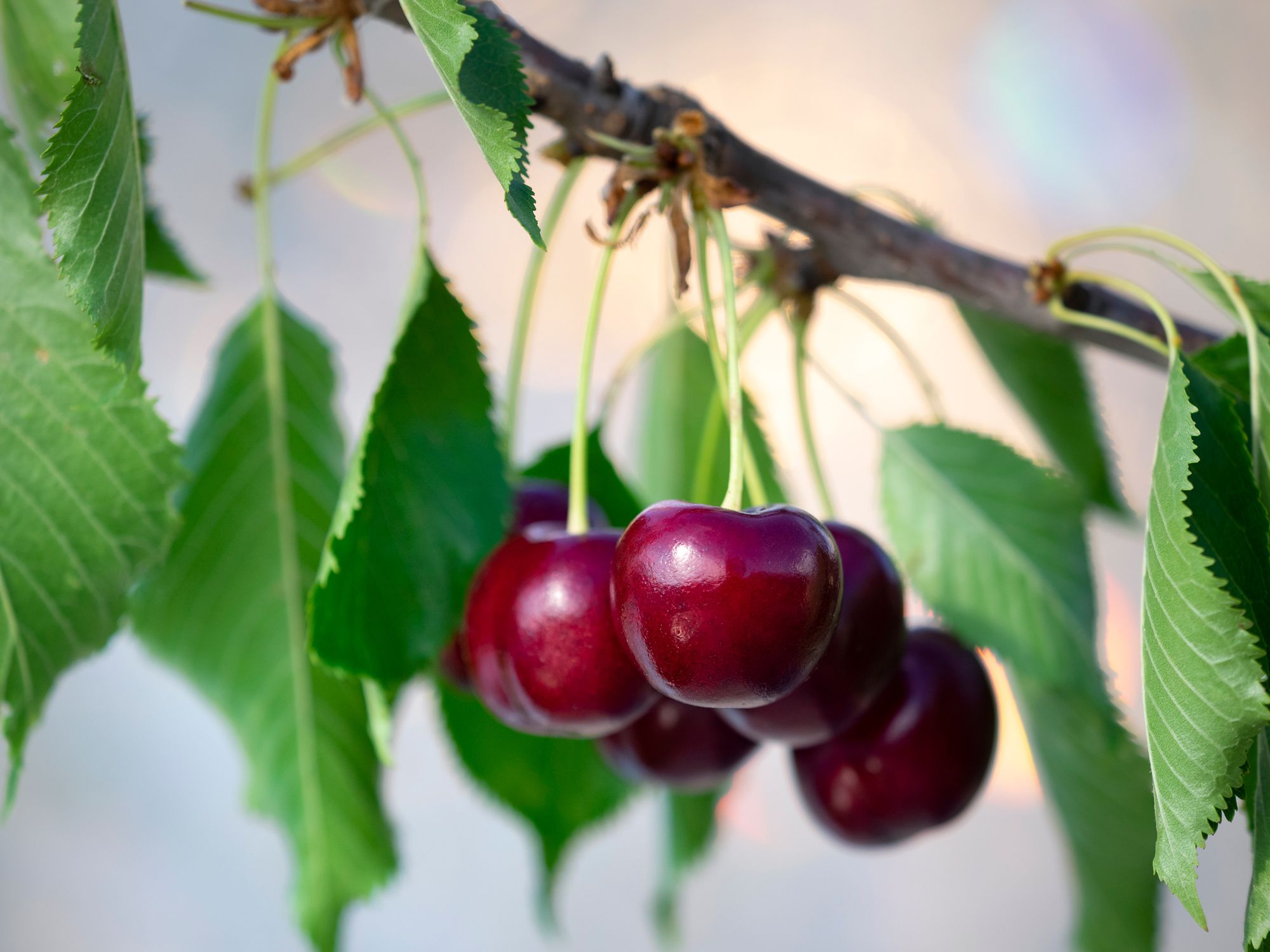Cherries, a delectable summer fruit known for their vibrant color and sweet-tart flavor, have always piqued curiosity regarding their growth process. If you have ever wondered about the timeline it takes for these luscious fruits to reach their plump and juicy state, this article endeavors to provide you with a concise answer. From the blossoming of cherry blossoms to the ripening of the cherries themselves, we will explore the stages of growth and the approximate time it takes for cherries to fully develop, allowing you to better appreciate the patience and craftsmanship behind nature’s bounty.
Factors that Affect the Time to Grow Cherries
When it comes to growing cherries, several factors come into play that affects the time it takes for the fruit to mature. Understanding these factors is crucial for any cherry grower, as it allows them to plan and manage their orchard more effectively. Here, we will discuss the key factors that significantly influence the time to grow cherries, including climate and growing zone, cherry variety, cultivation method, soil quality, pollination, and pruning and training.

Climate and Growing Zone
One of the primary factors that determine the time it takes for cherries to grow is the climate and growing zone in which they are cultivated. Cherries thrive in regions that experience a distinct four-season climate, with cool winters and ample chill hours, followed by a warm spring and summer. The cold winter temperatures ensure proper dormancy, while the warm spring and summer offer the ideal conditions for growth and fruit development. Growing cherries in regions with a Mediterranean climate, such as California and Oregon, often results in optimal growth and fruiting.
Different growing zones also influence the time it takes for cherries to mature. Cherries are categorized into specific growing zones based on the minimum winter temperatures experienced in those areas. For example, in USDA Zone 4, which experiences colder winters, cherry trees will take longer to reach maturity compared to those grown in USDA Zone 7 with milder winters.
Cherry Variety
The cherry variety chosen for cultivation is another crucial factor that affects the time it takes for cherries to grow. Various cherry varieties have different maturation times, with some being early-season, mid-season, or late-season cherries. Early-season cherries typically mature within 60 to 90 days after full bloom, while mid-season cherries take approximately 90 to 120 days. Late-season cherries, on the other hand, can take up to 150 days from full bloom to maturity.
Additionally, the choice of dwarf or semi-dwarf varieties can also impact the growth timeframe. Dwarf varieties tend to have a shorter overall growth cycle due to their smaller size, meaning they may reach maturity earlier compared to standard-sized cherry trees.

Cultivation Method
The cultivation method employed plays a vital role in determining the time it takes for cherries to grow. There are three primary cultivation methods for cherries: container cultivation, field cultivation, and hydroponic cultivation.
Container cultivation involves growing cherry trees in containers such as pots or grow bags. This method allows growers to have more control over the growing conditions and can accelerate the growth process by optimizing nutrient and water availability.
Field cultivation, on the other hand, involves planting cherry trees directly in the ground. This traditional method provides trees with ample space for root development and generally yields larger, more robust trees. However, field-grown cherries may take slightly longer to mature compared to container-grown cherries.
Hydroponic cultivation is a modern method that involves growing cherry trees in a water-based nutrient solution without soil. This technique is known for its fast growth rates and can significantly reduce the time it takes for cherries to reach maturity.
Soil Quality
The quality of the soil where cherry trees are planted directly impacts their growth and development. Soil that is nutrient-rich and well-draining is essential for growing healthy cherry trees. Nutrient-rich soil provides the necessary elements for tree growth and fruit production, while well-draining soil prevents waterlogging and root rot.
The pH level of the soil also influences cherry tree growth. Ideally, the soil pH should range between 6.0 and 7.0 for optimal nutrient uptake. If the pH deviates significantly from this range, it can lead to nutrient deficiencies or toxicities, which can delay growth and fruiting.
To enhance soil quality, various soil amendments such as compost, organic matter, and balanced fertilizers can be applied. These amendments help replenish nutrients in the soil and improve its structure, leading to healthier and faster-growing cherry trees.

Pollination
Pollination is a crucial factor that impacts the time it takes for cherries to grow and mature. While some cherry varieties are self-pollinating, meaning they can pollinate themselves and set fruit without the need for additional pollinators, others require cross-pollination.
Cross-pollination involves the transfer of pollen from the flowers of one cherry tree to another. This process requires the presence of compatible cherry varieties that bloom at the same time. Pollinators such as bees play a vital role in this process, as they facilitate the transfer of pollen from tree to tree, ensuring successful fertilization and fruit set.
Having a sufficient number of pollinators in the orchard is crucial for efficient pollination. When cherry trees are adequately pollinated, the fruits can reach maturity more efficiently, resulting in a shorter overall growth timeframe.
Pruning and Training
Proper pruning and training of cherry trees are essential for maintaining their overall health and encouraging optimal growth. Pruning involves the removal of specific branches or shoots to shape the tree, improve airflow, and encourage the development of fruit-bearing wood.
Different pruning techniques can affect the time it takes for cherries to grow. For example, dormant pruning in late winter or early spring can stimulate vegetative growth and hasten the development of fruiting wood. On the other hand, summer pruning can help redirect the tree’s energy towards fruit production, reducing the time it takes for cherries to mature.
Training systems also play a role in cherry tree growth. Various training systems, such as open center or central leader, can influence the distribution of sunlight and airflow within the tree canopy, ultimately impacting fruit development and maturation time.

Germination
The germination stage marks the beginning of a cherry tree’s growth journey. It involves the process of a seed sprouting into a seedling. To initiate germination, proper seed preparation and planting techniques are essential.
Seed preparation typically involves scarification, which is the process of breaking or weakening the seed coat to improve germination rates. Scarification can be achieved through methods such as soaking the seeds in water or refrigerating them for a specific period.
Once prepared, cherry seeds can be planted in a suitable growing medium, preferably in a seed tray or small pots. The germination timeframe for cherry seeds generally ranges from 10 to 14 days, although it can occasionally take up to 21 days depending on various factors such as temperature and moisture levels.
Fruit Maturation
The fruit maturation stage is the final phase of a cherry tree’s growth cycle, where the cherries develop and ripen to their full potential. This stage can be subdivided into different phases, each marked by specific developmental changes.
During the development phase, the cherries undergo cell division and enlargement, gradually transforming from tiny fruits to plump and well-formed cherries. Eventually, the cherries start to exhibit color changes, transitioning from green to their characteristic red, yellow, or black hues, depending on the variety.
Determining the optimal harvest time is crucial for attaining the desired taste, sweetness, and firmness of the cherries. Harvest time can vary depending on the variety, with early-season cherries maturing as early as late spring or early summer, while late-season cherries may not be ready for harvest until late summer or early autumn.
In conclusion, the time it takes for cherries to grow and mature is influenced by various factors. The climate and growing zone, cherry variety, cultivation method, soil quality, pollination, and pruning and training practices all play crucial roles in determining the growth timeframe. By understanding these factors and tailoring their management practices accordingly, cherry growers can successfully cultivate healthy trees that bear an abundant harvest of delectable cherries.


